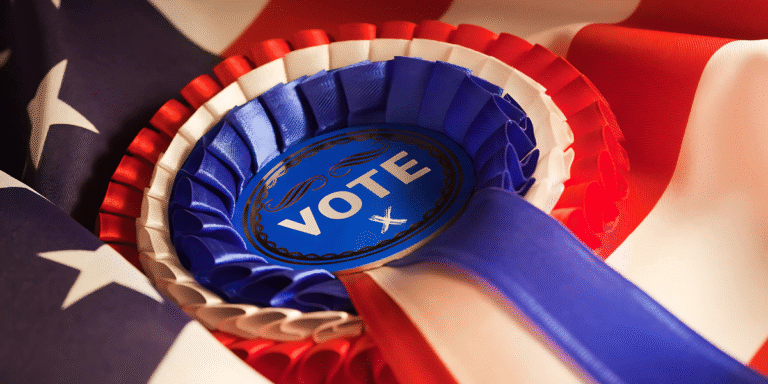The November 2022 midterm elections played a pivotal role in determining the future of U.S. economic policy, marking a moment of political realignment and uncertainty. The elections resulted in a divided Congress, a situation that left many wondering how such a division would influence future fiscal decisions, regulatory reforms, and overall economic direction. With the Republicans gaining control of the House of Representatives and the Democrats holding onto the Senate, the potential for legislative gridlock became a significant concern, especially for investors, businesses, and everyday citizens looking for stability.
A major consequence of the elections was the shift in control of the House of Representatives. While the Democrats maintained their Senate majority, the Republicans now had the power to influence key economic decisions in the lower chamber of Congress. This division prompted concerns about the ability of lawmakers to find common ground on economic issues, as the two parties had starkly different priorities. The possibility of slow or stalled legislative action loomed large, particularly on matters such as taxation, government spending, fiscal policy, and the federal budget, all of which would play crucial roles in determining the economic health of the country.
One of the most pressing issues at the time was the rising cost of living, with inflation reaching levels not seen in decades. The effects of inflation were far-reaching, making everyday expenses harder for households to manage. Increased costs for goods and services squeezed family budgets, while businesses grappled with higher input costs for raw materials and labor. The Federal Reserve had already raised interest rates in an attempt to tame inflation, but the effectiveness of these efforts was still debated. With a divided Congress, there was little clarity on whether lawmakers would come together to find a solution that both alleviated inflationary pressure and fostered broader economic stability.
Beyond inflation, another area of concern was the regulatory environment. Under President Biden, the U.S. government had pushed forward an ambitious agenda, introducing numerous regulations aimed at addressing climate change, corporate taxation, and social welfare programs. With the Republicans taking control of the House, many anticipated that they would seek to roll back or delay some of these regulations, particularly those that could negatively impact business operations. However, with the Democrats holding the Senate, some of these progressive proposals, particularly in environmental and corporate responsibility sectors, were expected to continue advancing. This regulatory tug-of-war promised to add another layer of uncertainty to the economic landscape, as businesses and investors awaited clarity on what the future of regulation might look like.
Government spending was another major issue exacerbated by the divided Congress. With the national debt continuing to rise and long-term fiscal challenges on the horizon, it remained unclear how lawmakers from both parties would address these issues. Republicans were generally focused on reducing government spending, while Democrats were more inclined to support investments in social safety nets and infrastructure. The split in Congress meant that finding a bipartisan solution to these fiscal challenges would likely be a long and difficult process, if possible at all. This uncertainty over future government spending policies had the potential to dampen economic growth and affect public confidence in the country’s financial trajectory.
In conclusion, the 2022 midterm elections significantly influenced the direction of U.S. economic policy. The shift to a divided Congress created an environment of political gridlock and uncertainty, especially on key issues like inflation control, government spending, and regulation. With both parties holding firm to their differing economic priorities, the ability of lawmakers to negotiate and find common ground would ultimately determine how the nation responded to its economic challenges in the years ahead. As political polarization deepened, the future of U.S. economic policy became more complex, highlighting the need for cooperation amidst division to secure long-term economic stability.



